Re-potting Japanese Maple - Looking for Advice
Pat
7 years ago
Featured Answer
Sort by:Oldest
Comments (20)
gardengal48 (PNW Z8/9)
7 years agoPat
7 years agoRelated Discussions
Need advice on Japanese Maple grown in pot *HELP*!
Comments (21)Just to add to Al's always excellent advice - I too grow a great number of trees in containers, most of which are JM's - I use a controlled release fertilizer (CRF) - Osmocote - when I first pot up and again at the beginning of each new growing season. I then supplement during the summer with a liquid now and again. For that I also use a Dyna Gro product (Liquid Grow rather than Foliage Pro) as it addresses the needs of ALL my plants, including the flowering and fruiting ones as well as the trees and shrubs. I may use only 3-4 times a season on the permanent tree plantings to supplement trace minerals - the Osmocote takes care of the primary nutrient needs for the entire season....See Morecedar pots for japanese maple
Comments (6)deshima is correct you could build one easily if you are into that ...some folks have green thumbds not "red ones" ;>0 and who'd rather spend their valuable free time doing something else they enjoy more. I would agree on the redwoood idea and if i had a choice and willing to spend a bit more I'd go that route!!... as i said most cedar premade stuff is NOT of good quality and the cedar itself extreemly soft...I also wouldn't recommend cedar posts at least for use around here . Known for thier resistance to bugs and rot, they are that to some degree, but you'll still end up haveing to replace 'em about every 6-7 years ( personal experience ...it does make an excellent and in fact my favorite and the only mulch I ever use, ...David...See MoreJapanese maples, potted, & crocus bulbs
Comments (1)It should look very good. I would say that as long as you aren't cutting or otherwise damaging roots of the trees, it should be fine. Just go into the soil very gently....See MoreJapanese Maple Seedlings ~ Advice sought by all.Mike;Garden Gal;Houzi.
Comments (4)Congratulations on your success!...a lot easier than faffing about with bags in fridges.Those leaves are actually not proper leaves,they're called cotyledons and precede the normal leaves.I wouldn't transplant them until you've got a couple of pairs of real leaves,no hurry,they'll follow soon.Just a good draining medium will be required as usual and is best,though I admit I've used normal potting compost before and got away with it. Just noticed the seedling,doesn't look like a JM to me,that one may just be a weed....See MorePat
7 years agogreenman28 NorCal 7b/8a
7 years agotapla (mid-Michigan, USDA z5b-6a)
7 years agolast modified: 7 years agoPat
7 years agotapla (mid-Michigan, USDA z5b-6a)
7 years agolast modified: 7 years agoPat thanked tapla (mid-Michigan, USDA z5b-6a)Pat
7 years agoPat
6 years agolitterbuggy (z7b, Utah)
6 years agohalocline
6 years agoval rie (7a - NJ)
5 years agogardengal48 (PNW Z8/9)
5 years agoval rie (7a - NJ)
5 years ago
Related Stories

GARDENING GUIDES13 Japanese Maples for Shade
A surprising variety of these understory trees is waiting to make a statement in your shade garden
Full Story
TREES11 Japanese Maples for Breathtaking Color and Form
With such a wide range to choose from, there’s a beautiful Japanese maple to suit almost any setting
Full Story
GARDENING GUIDES12 Japanese Maples for a Sunny Garden
The right maple in the right place shines in hot summer sun
Full Story
TREESGreat Design Plant: Coral Bark Japanese Maple, a Winter Standout
Go for garden gusto during the chilly season with the fiery red stems of this unusual Japanese maple
Full Story
KITCHEN DESIGNSmart Investments in Kitchen Cabinetry — a Realtor's Advice
Get expert info on what cabinet features are worth the money, for both you and potential buyers of your home
Full Story
DECORATING GUIDES10 Design Tips Learned From the Worst Advice Ever
If these Houzzers’ tales don’t bolster the courage of your design convictions, nothing will
Full Story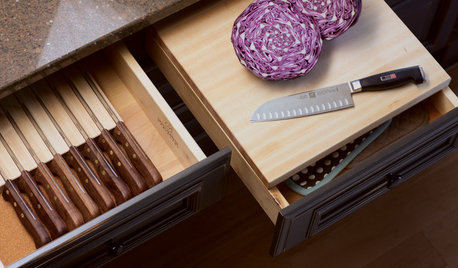
KITCHEN STORAGEKnife Shopping and Storage: Advice From a Kitchen Pro
Get your kitchen holiday ready by choosing the right knives and storing them safely and efficiently
Full Story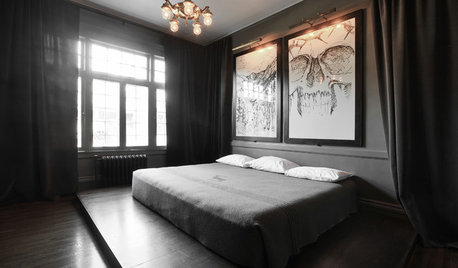
DECORATING GUIDESDecorating Advice to Steal From Your Suit
Create a look of confidence that’s tailor made to fit your style by following these 7 key tips
Full Story
LANDSCAPE DESIGNGet the Look: Japanese-Inspired Garden Style
A traditional art form offers lessons in creating a space for quiet contemplation
Full Story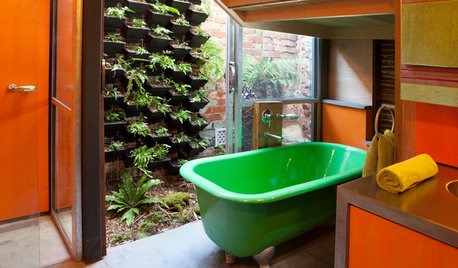
GARDENING GUIDESOn the Up and Up: Expert Advice for Growing a Green Wall
Houzz pros share solutions for 7 common challenges you can face with a vertical garden
Full Story


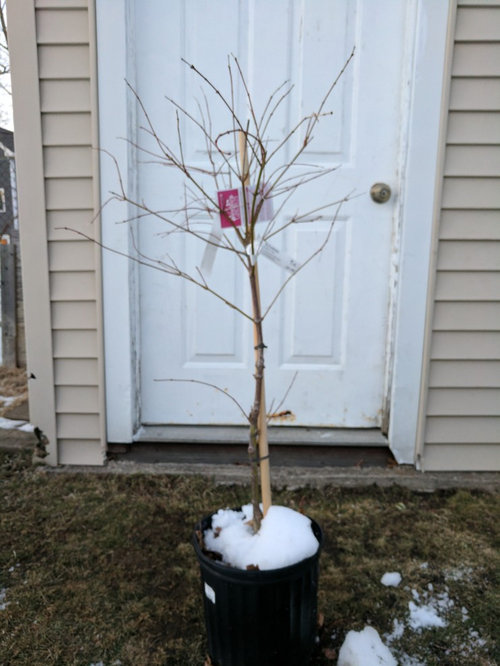
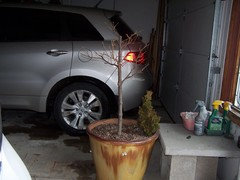
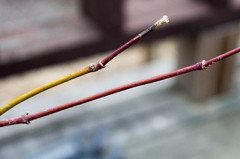
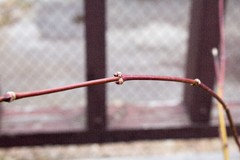
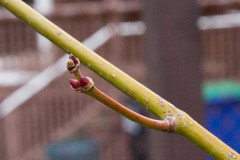
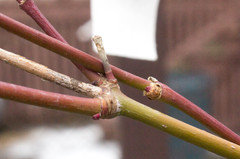
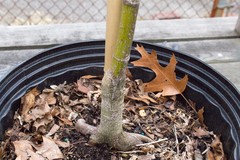
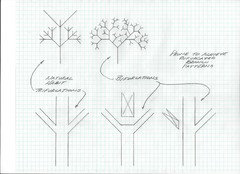
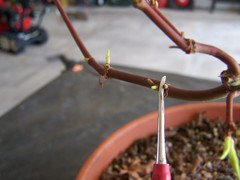
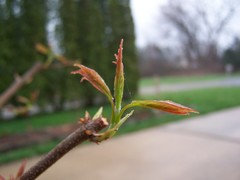
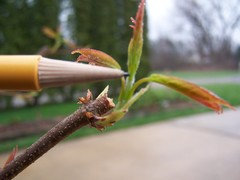
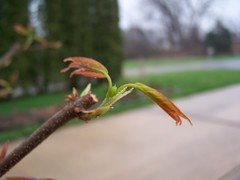
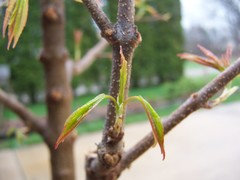
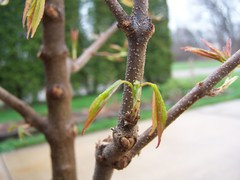
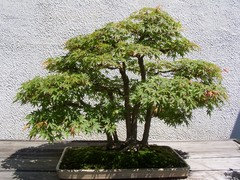
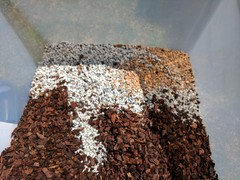
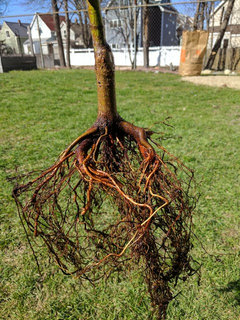
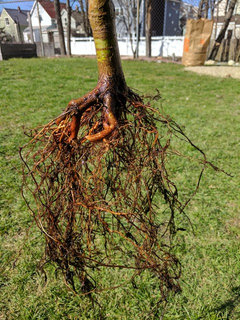
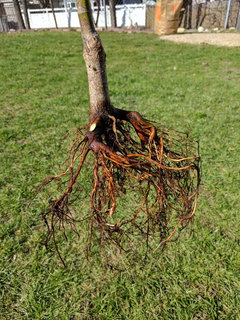
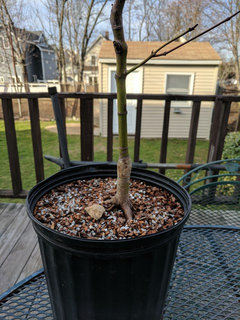
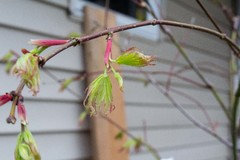
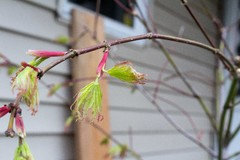
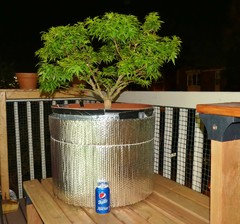
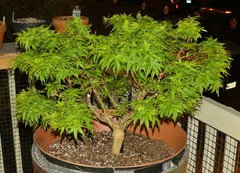
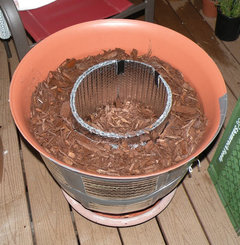
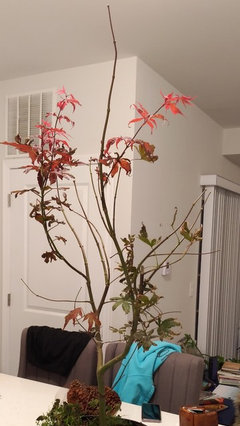

tapla (mid-Michigan, USDA z5b-6a)